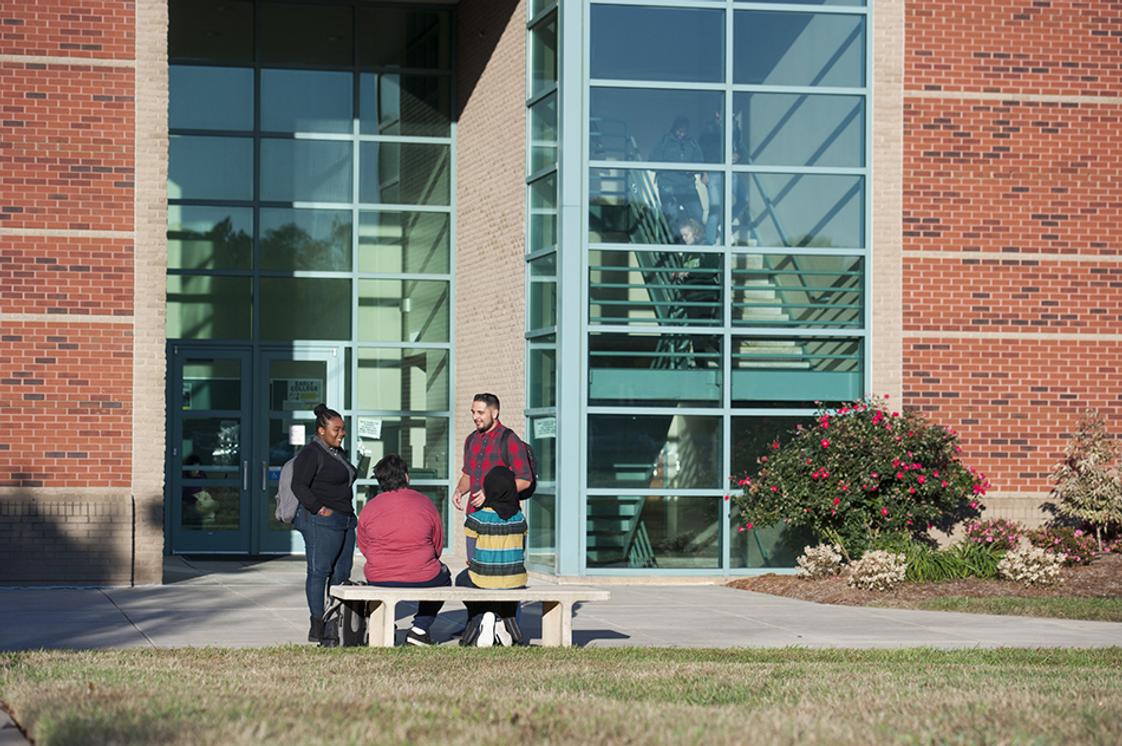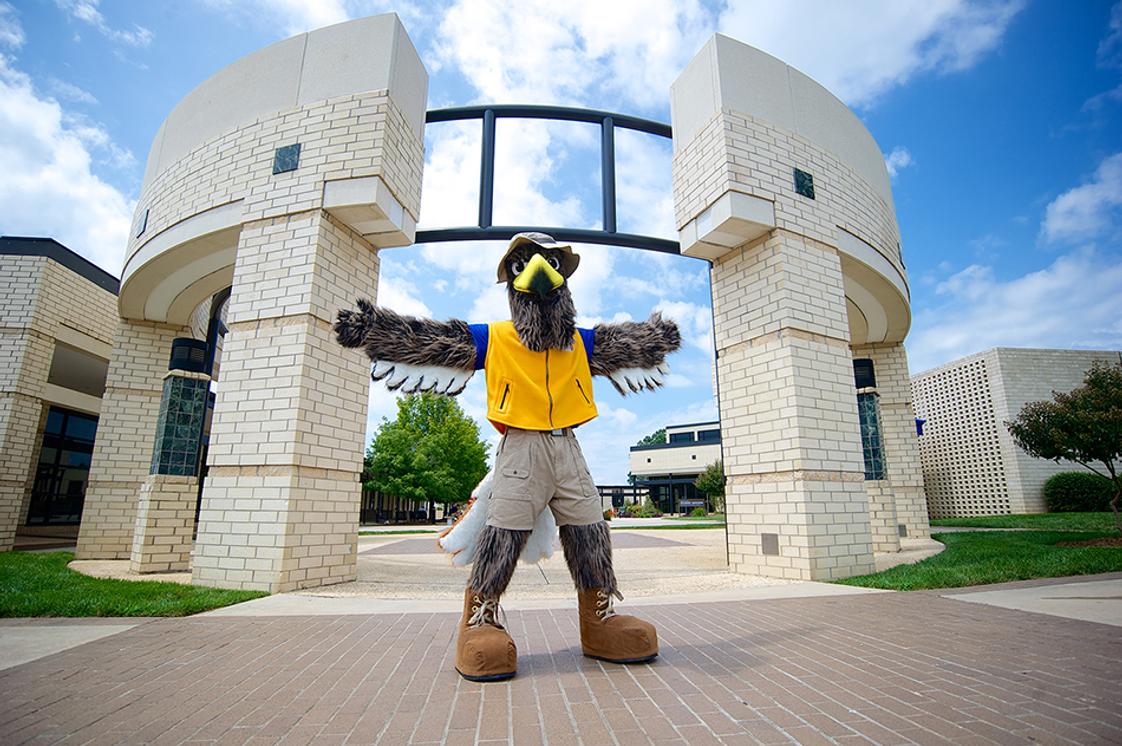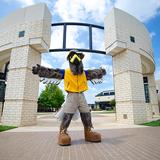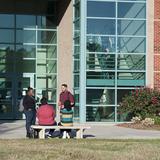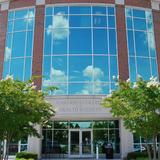- Rowan-Cabarrus Community College is an open-door, comprehensive learning-centered institution of higher education serving the citizens of Rowan and Cabarrus counties. The college, a member of the North Carolina Community College System, offers affordable occupational and education programs leading to Associate in Arts Degree, Associate in Science Degree, Associate in Fine Arts Degree, Associate in General Education Degree, and Associate in Applied Science Degrees. Diplomas and certificates are awarded for other occupational, adult and continuing education programs. The primary focus of the college`s offerings is on workforce development by meeting the educational needs of the individual and meeting the changing training requirements of business and industrial firms as well as other employers in the service area. Reflecting its commitment to student learning outcomes, the college strives to inspire its students to increase their knowledge, develop occupational and technical proficiencies, respond to lifelong learning opportunities, and increase their awareness as responsible citizens in a democratic society.
School Highlights
Rowan-Cabarrus Community College serves 8,708 students (23% of students are full-time).
The college's student-teacher ratio of 15:1 is higher than the state community college average of 13:1.
Minority enrollment is 49% of the student body (majority Black), which is more than the state average of 48%.
Quick Facts (2026)
- Enrollment: 8,708 students
- In-state tuition: $3,860
- Out-state tuition: $9,748
- Student-teacher ratio: 15:1
- Minority enrollment: 49%
- Source: Verified school update
Top Rankings
Rowan-Cabarrus Community College ranks among the top 20% of public schools in North Carolina for:
Category
Attribute
Community Size
School Overview
The teacher population of 582 teachers has stayed relatively flat over five years.
Rowan-Cabarrus Community College
(NC) Community College Avg.
Carnegie Classification
Associate's Colleges: Mixed Transfer/Career & Technical-High Nontraditional
Associate's Colleges: Mixed Transfer/Career & Technical-High Nontraditional
Institution Level
At least 2 but less than 4 years
At least 2 but less than 4 years
Institution Control
Public
Public
Year Founded
1963
Total Faculty
582 staff
256 staff
Student Body
The student population of Rowan-Cabarrus Community College has grown by 22% over five years.
The student-teacher ratio of 15:1 has decreased from 19:1 over five years.
The Rowan-Cabarrus Community College diversity score of 0.67 is more than the state average of 0.66. The school's diversity has grown by 18% over five years.
Total Enrollment
8,708 students
2,579 students
Student-Teacher Ratio
15:1
13:1
# Full-Time Students
2,011 students
766 students
# Part-Time Students
6,697 students
1,813 students
# Enrollment Undergraduate
870 students
316 students
# Full-Time Undergraduate Students
2,011 students
766 students
# Full-Time Graduate Students
n/a
22 students
# Part-Time Undergraduate Students
6,697 students
1,990 students
# Part-Time Graduate Students
n/a
3 students
Total Dormitory Capacity
n/a
717 students
% American Indian/Alaskan
n/a
1%
% Asian
4%
3%
% Hispanic
15%
13%
% Black
20%
21%
% White
51%
52%
% Hawaiian
n/a
1%
% Two or more races
3%
3%
% Non Resident races
2%
1%
% Unknown races
5%
5%
Diversity Score
0.67
0.66
College Completion Rate (Students who graduate in less than 4 years)
31%
37%
College Completion Rate (Students who graduate in 4 years or more than 4 years)
n/a
43%
Average Graduate Earnings (10 Years)
$26,700
$27,500
Tuition and Acceptance Rate
The public in-state tuition of $3,860 is less than the state average of $3,915. The in-state tuition has grown by 46% over four years.
The public out-state tuition of $9,748 is more than the state average of $9,508. The out-state tuition has grown by 11% over four years.
In-State Tuition Fees
$3,860
$3,915
Out-State Tuition Fees
$9,748
$9,508
Tuition Notes
$1,216 per semester for in-state students; $4,288 per semester for out-of-state students.
% Students Receiving Some Financial Aid
84%
82%
Median Debt for Graduates
$9,500
$11,865
Median Debt for Dropouts
$8,751
$5,846
Acceptance Rate
n/a
82%
SAT Reading
n/a
488
SAT Math
n/a
498
ACT Composite
n/a
20
ACT English
n/a
13
ACT Math
n/a
16
Extracurriculars
Total ExtracurricularsTotal Extra-curric.
26 extracurriculars
ExtracurricularsExtra-curric.
Club or Organization:
AHR ChillersArt Club
Cabarrus-Kannapolis Early CollegeCosmetology Club
Criminal Justice AssociationDental Assisting Club
Global Distinction ProgramLiving in Faith Today
Minority Student Leadership AcademyNational Society of Leadership and Success
Phi Beta Lambda - Business ClubPhi Theta Kappa Honor Society
PRISMRadiography Club
Rotaract ClubRowan County Early College Club
Rowan-Cabarrus Education ClubSigma Alpha Pi
SkillsUSA - AutomotiveStudent Ambassadors
Student Government AssociationStudent Library Council
Student Nurses AssociationVeterans Club
Welding ClubWomen Obtaining Wisdom
Source: 2024 (or latest year available) Integrated Postsecondary Education Data System (IPEDS) , School Administrators
School Notes
- Rowan-Cabarrus Community College is the ninth largest in enrollment among the 58 North Carolina community colleges with five campuses across two counties to service our student. Modern classrooms, fully equipped laboratories, shops, and learning resources are available at all campus locations. A highly qualified and dedicated faculty and staff stand ready to help you succeed as they encourage you to learn in stimulating and innovative ways.In addition, there are programs in adult education and continuing education such as literacy and adult high school and specialized training programs for business and industry. Corportate & Continuing Education programs support the philosophy that learning is a lifelong activity. This division offers classes and short courses for professional development and community service courses of general interest at convenient times and locations.
Frequently Asked Questions
How much does Rowan-Cabarrus Community College cost?
Rowan-Cabarrus Community College's tuition is approximately $3,860 for In-State students and $9,748 for Out-State students.
What is Rowan-Cabarrus Community College's ranking?
Rowan-Cabarrus Community College ranks among the top 20% of community college in North Carolina for: Largest student body.
School Calendar
View the Rowan-Cabarrus Community College yearly calendar below.
Recent Articles

Part-Time vs. Full-Time Enrollment in 2025: Which Is Better?
Explore part-time vs. full-time enrollment in 2025, comparing costs, flexibility, outcomes, and goals to help students choose the right path.

How Community Colleges Use AI Tools to Support Student Success
Explore how community colleges are using AI tools in 2025 to improve advising, learning, retention, and student success.
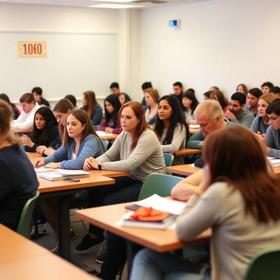
Nontraditional Student’s Guide to Community College 2025
Comprehensive guide for nontraditional students at community college with updated tuition, support, careers, and success strategies for 2025.

